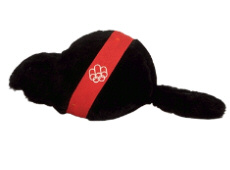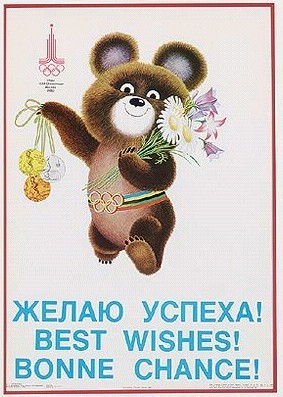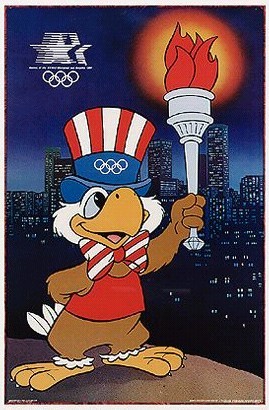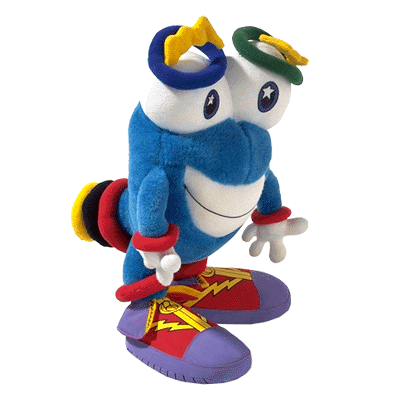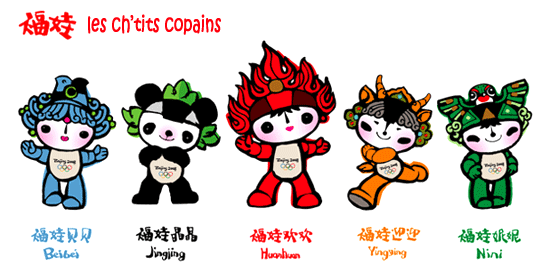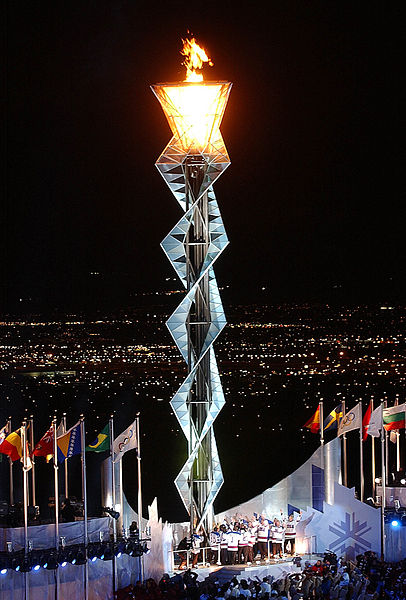are a sporting event that is taking place from July 27 until August 12, 2012 in London, United Unido.The first event, the group stage in women's soccer tournament began two days before the inauguration, on 25 July 2012. around 10,500 athletes from 204 countries participating in the Olympics Londres.
Olympic torch route
The Olympic torch was unveiled on 8 June 2011.24 The design resembles a gold mesh, and contains eight thousand holes representing the number of carriers and the travel distance in miles to the opening day (12,800 km)

Logo and graphic design
The logo was unveiled on June 4, 2007 by the Olympic Committee and the ambassadors of the game. Represents the number "2012" and includes the Olympic rings and the word 'London'. Its modern design, displayed in pink, blue, green and orange means dynamism, and over time from submission to the opening day.
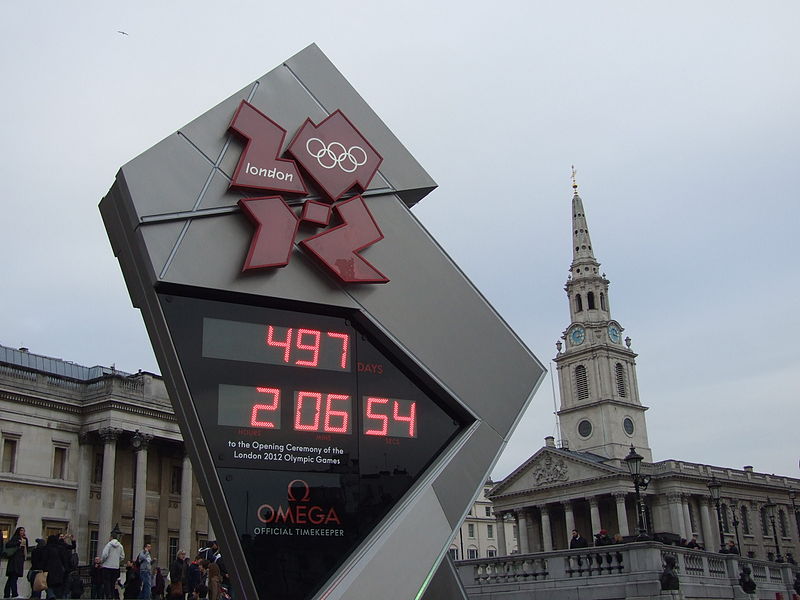
Pet names refer to two British localities of concern to the Olympics. Wenlock's name is based in the town of Much Wenlock, located in the county of Shropshire, where they took place Wenlock Olympics, organized by William Penny Brookes and one of the inspirations of Baron Pierre de Coubertin, founder of the modern Olympic movement .
Locations
The Olympic Park will be the site of the juegos.40 was built in an old industrial area and has large green areas with trees planted four thousand and 300 thousand plants of wetlands, and a garden with 120 000 plants from 250 species around the world, also create a permanent habitat for several species of birds. It covers an area of 2.5 km ² and is located east of the city of London.




